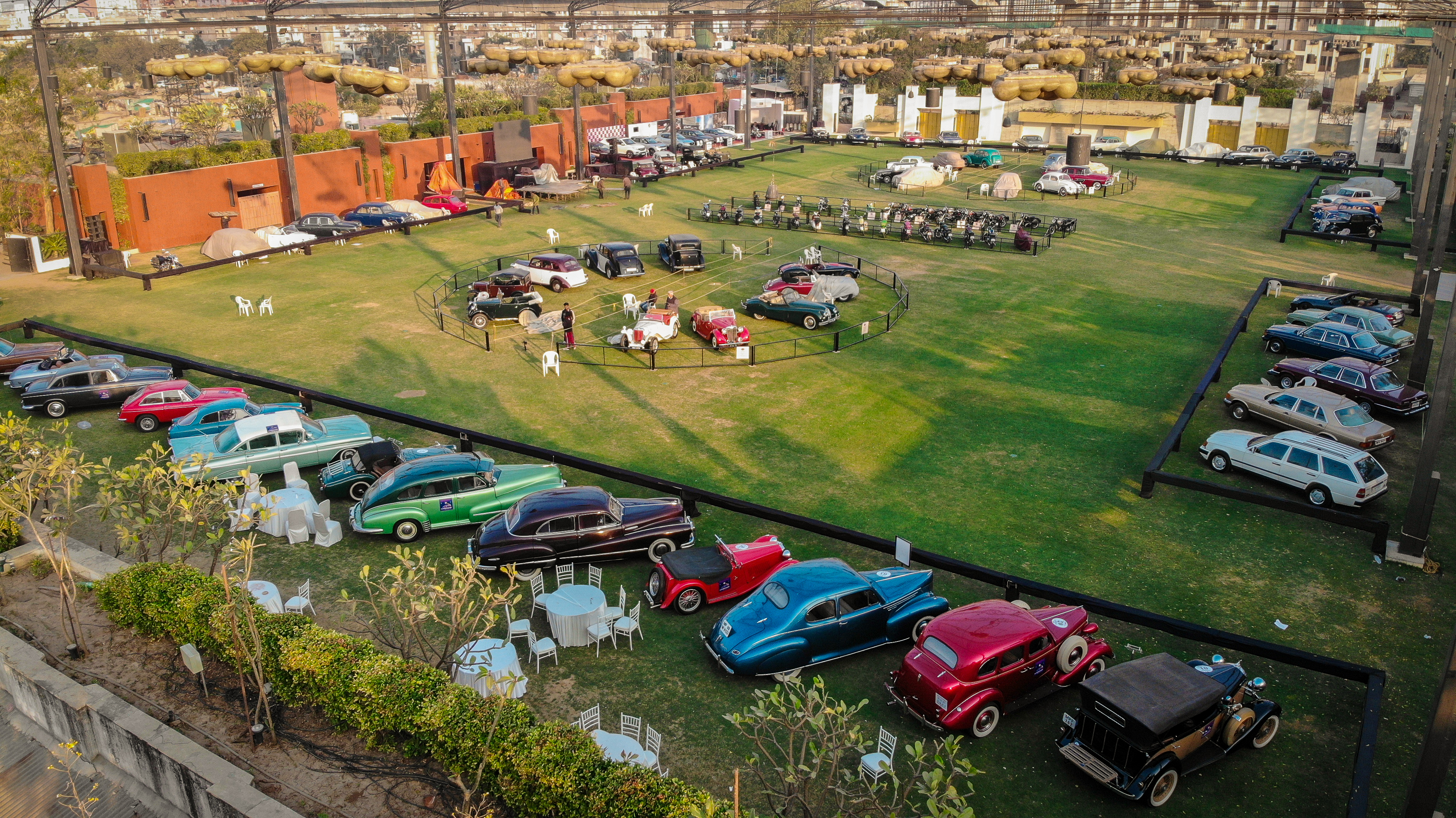The new registration process and rules vintage vehicle owners need to know
According to the new rules, a vintage vehicle cannot be driven on roads for regular and commercial purposes
 The new rules will facilitate a better and convenient way of registration of vintage vehicles
The new rules will facilitate a better and convenient way of registration of vintage vehiclesThe Ministry of Road Transport and Highways, in order to preserve and promote the heritage of old vehicles in India, has amended the Central Motor Vehicles Rules, 1989 (CMVR). This amendment builds upon the announcement made by the central government in November 2020, and aims to formalise the process of registration of Vintage Motor vehicles in the country. Essentially, vintage motor vehicles cannot be driven for commercial and regular purposes. Now let’s take a look at the rules.
What do the rules state?
-The new rules state that any two-wheeler or four-wheeler is classified as a vintage vehicle if it is at least 50 years old, maintained in its original form and has not undergone any substantial overhaul
-These vintage vehicles are not to be driven on the roads for regular or commercial purposes.
-Fees for new registration of a vintage vehicle will cost Rs 20,000 and Rs 5000 for subsequent re-registration.
-Vintage vehicles will get special number plates.
-The new registration mark for vintage motor vehicles will be “XX VA YY*”. XX stands for state code, VA stands for vintage and YY is the two-letter series followed by a four-digit number between 0001 and 9999.
- The vehicles that are already registered can retain their original registration mark.
What do the rules mean for you?
The policy states that vintage motor vehicles cannot be driven for commercial or regular purposes, which basically means that it cannot be used for a day to day commute. Other than that the owners of such vintage vehicles can take them to exhibitions and even for an occasional ride.
Worried about the registration process? All you have to do is get Form 20 and apply for registration or re-registration of your motor vehicle, with documents such as insurance policy, fee, Bill of Entry (in case of imported vehicles) and old Registration Certificate in case the vehicle was already registered in India. After the application has been sent, the State Registering Authority as per Form 23A will issue a Certificate of Registration within 60 days.
One important aspect of the new rules states the sale of a vintage vehicle. If you were to sell a vintage vehicle you and the buyer would have to notify your respective state transport authorities of the transfer in ownership 90 days before the sale of the vehicle. There are no existing rules regarding the process of registration of vintage motor vehicles and the new rules will facilitate a better and convenient way of registration of such heritage vehicles in the country.


